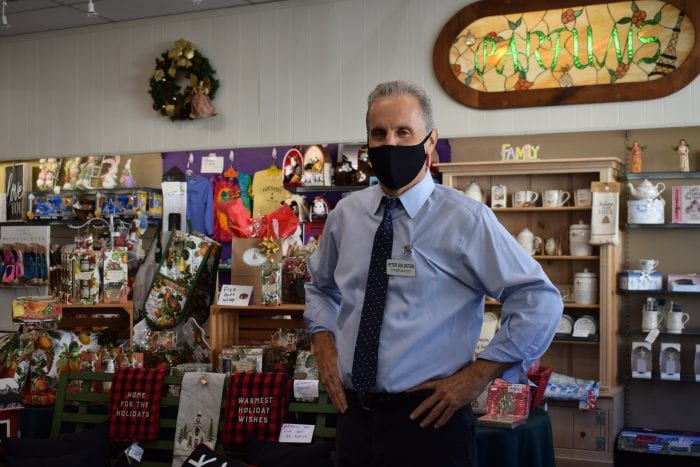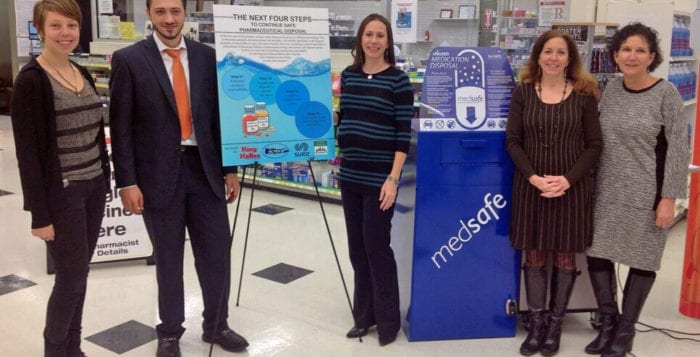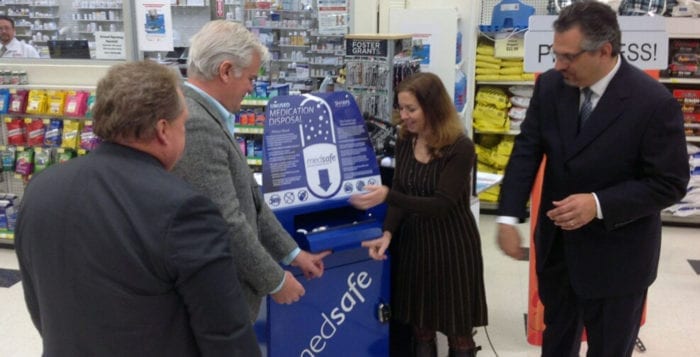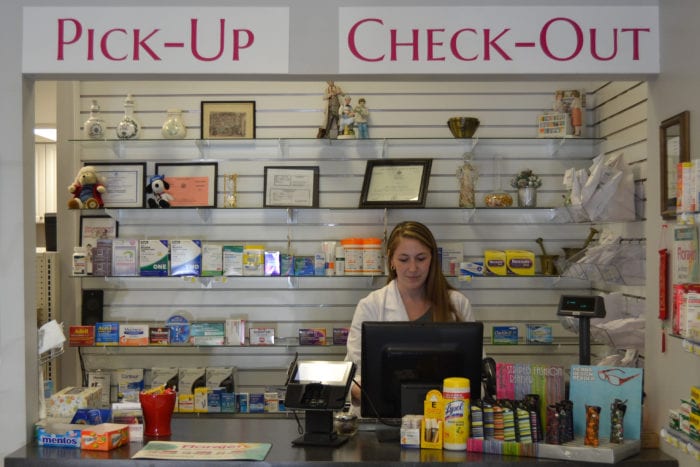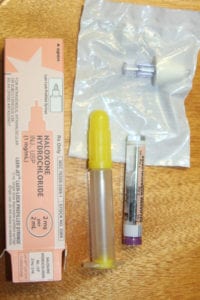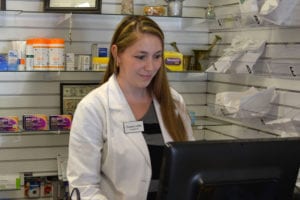Amazon says it can save people money on their medications, but local pharmacy owners say there’s a big problem with that: There won’t be that human element customers get from a pharmacist behind the counter if they order from behind a computer screen.
This week the online retailer announced new pharmacy offerings to help customers purchase their prescription medications through Amazon Pharmacy — a new store on the website that provides an entire pharmacy transaction through an Amazon account.
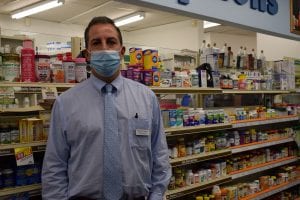
“People like their community pharmacy,” said Mike Nastro, owner of Fairview Pharmacy & Homecare Supply in Port Jefferson Station. “I take care of the specialty patient populations that require intimate service — hopefully that will sustain me.”
Amazon Pharmacy states that by using a secure pharmacy profile, customers can add their insurance information, manage prescriptions and choose payment options before checking out. Amazon Prime members will receive unlimited, free two-day delivery on orders through the online shop.
But this announcement isn’t new, according to Nastro.
“They’ve been talking about this for a while,” he said. “It’s going to hurt the industry a lot. It may hurt the chains more initially, but it’ll hurt the entire brick-and-mortar industry.”
Two years ago, Amazon purchased PillPack, an online pharmacy startup, in a $753 million acquisition.
“As more and more people look to complete everyday errands from home, pharmacy is an important and needed addition to the Amazon online store,” Doug Herrington, senior vice president of North America Consumer at Amazon, said in a statement. “PillPack has provided exceptional pharmacy service for individuals with chronic health conditions for over six years. Now, we’re expanding our pharmacy offering to Amazon.com, which will help more customers save time, save money, simplify their lives and feel healthier.”
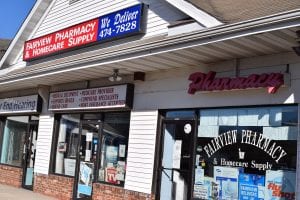
Nastro said that there are many benefits with personal pharmacy service like privacy and face-to-face communication.
“We keep people out of the hospital by intervening, and by knowing the person and seeing what medications they’re on,” he said. “It’s an important role, and if that’s obliterated it will have an adverse effect on the medical industry.”
Peter Goldstein, a staff pharmacist at Jones Drug Store in Northport, said in the 30-plus years he’s been in the industry, Amazon will not be able to help patients like he and his colleagues do.
“I will put my service against any mail order or Amazon any day,” he said. “We know the patients, especially in the community. We know their family history and there’s so much that goes into it, that quite frankly people will miss. What will you do if your insulin gets sent to the wrong site?”
Goldstein noted something like storing medications at the required room temperature is an issue if it ends up sitting in a mailbox.
“It’s personal touches that we take for granted,” he said.
And one of those personal touches is quick delivery that Nastro’s store has been doing all along.
“We’re not there in two days,” he said. “We’re there in two hours.”
Michael DeAngelis, owner of Village Chemists of Setauket, said his family has owned their store since 1960. DeAngelis and his father saw the changes in pharmaceutical care throughout the years although this is a whole new level.
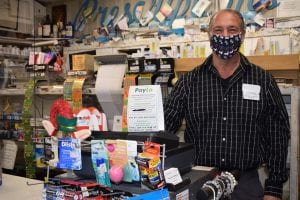
“We managed to survive Genovese, Eckerd, Rite Aid and now Walgreens,” he said. “[Those stores] even sent people here to solve a problem or order something they couldn’t get.”
While COVID-19 has conditioned people to stay indoors more, DeAngelis said contacting a pharmacy store is a different experience.
“If you call the Village Chemists, you will not get a machine that makes you listen to an endless menu,” he said. “You will get a human being who will be more than happy to answer any of your questions.”
These local pharmacists want people to know they are here for them and will be, despite the larger competition coming their way.
“Community pharmacists are really your advocate,” Nastro said. “With Amazon, what you’re not going to have is that personal service. It’s not just buying goods — we both have medication — there’s a service that comes with that medication and that service keeps people out of the hospital. It keeps people alive.”

